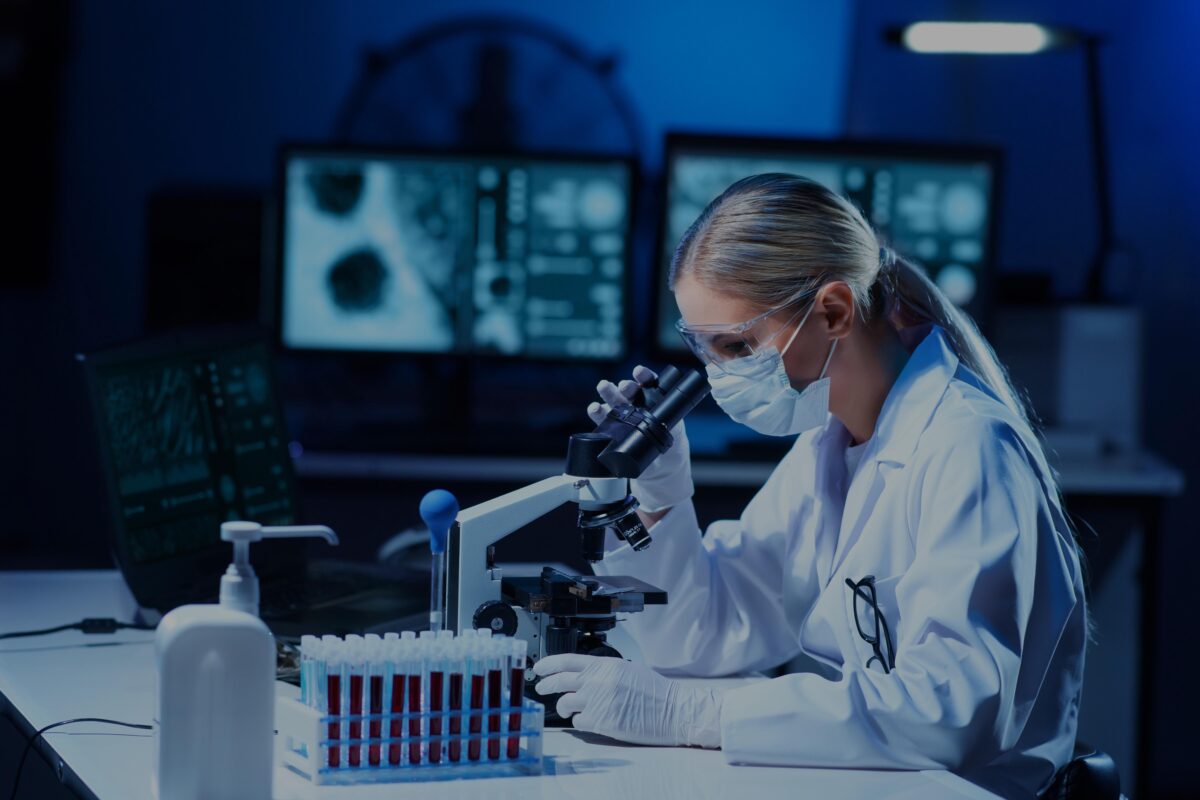
360° Perspective for Alzheimer's Disease Solutions
Our 360° perspective Alzheimer’s disease solutions are based on our own cell-based assays, utilising our patented DNA nanoprobes. Our assays are unique in their ability to profile key ionic signatures within various organelles such as endosomes (early, recycling, and late), lysosomes and the golgi.
They are applicable beyond Alzheimer’s disease and can be used to accelerate drug development across a large number of diseases that interact with or affect endosomal/lysosomal pathways or the golgi.
Single-Ion Sensors
DNA-based pH Sensor, FRET-based, multiple colors, multiplexing enabled. Relevant to Lysosomal storage disorders, Niemann Pick, Alzheimer's.
pH-independent, ratiometric Cl- sensor, single colour, multiplexing enabled. Relevant to Lysosomal storage disorders and Niemann Pick.
Red-shifted Calcium sensor, Click chemistry ready, easy conjugation with antibodies, proteins and other biomolecules. Relevant to Alzheimer’s, Kufor Rakeb syndrome and virus entry.
Red-shifted Calcium sensor, Click chemistry ready, easy conjugation with antibodies, proteins and other biomolecules. Relevant to Alzheimer’s, Kufor Rakeb syndrome and virus entry.
DNA-based ratiometric NO sensitive probes. Relevant to cancer, autoimmune disease, sepsis and trauma, and vascular disease
DNA-based ratiometric NO sensitive probes. Relevant to cancer, autoimmune disease, sepsis and trauma, and vascular disease
DNA-based sensor for absolute membrane potential of cell and organelle membranes. Relevant to various neurological diseases, hypokalemia or hyperkalemia
Dual-Ion Sensors
DNA-based ratiometric combination reporter of pH and Cl- . Relevant to Niemann Pick A/B/C and as a drug efficacy assay
DNA based, ratiometric combination reporter of pH and Ca2+. Relevant to Alzheimer’s Disease and Kufor Rakeb syndrome
pH-independent, DNA based ratiometric fluorescent reporter of pH and HOCl. Relevant to Multiple Sclerosis and acute coronary syndrome
DNA-based ratiometric NO sensitive probes. Relevant to cancer, autoimmune disease, sepsis and trauma, and vascular disease
DNA-based sensor for absolute membrane potential of cell and organelle membranes. Relevant to various neurological diseases, hypokalemia or hyperkalemia
Enzyme Activity Sensors
Frequently Asked Questions
Our pH and Calcium sensors are ratiometric, quantitative, and more accurate than other commercially available sensors. Our organellar Chloride and Nitric Oxide sensors, Voltair – our organellar Membrane Potential probe, and our organellar enzyme activity probes are unique and first in the market.
Ca2+ sensors are pH-sensitive and consequently produce erroneous results in acidic organelles. However, our dual-ion sensors are unique in the market in that they provide pH-corrected values for ions such as Ca2+, allowing the segregation of organelles into distinct populations. Additionally, our dual-ion sensors save on probes and reagents.
Detailed product data sheets are available upon request
Similar to other cell-based assays the probe is diluted in a buffer, incubated with cells, and then imaged via a fluorescence microscope. Esya analyses the images using our proprietary software and provides the data and various output heatmaps based on the absolute values of the ions.
Upon incubation with the cells, our probes are trafficked to an organelle of choice for quantitative dual-color imaging. Our DNA-scaffolded sensors have three domains: (a) sensing domain for e.g. ion sensing, (b) Normalizing domain for quantification and (c) targeting domain to label specific organelles of interest.
Our probes are naturally internalized by any cells expressing scavenger receptors. We have labelled macrophages, fibroblasts, HEK293T, HeLa cells and Microglia with our probes. For cells with no scavenger receptors we provide a plasmid that expresses DNA binding receptors at the plasma membrane which enable the cell to endocytose these sensors.
We manufacture our probes out of our labs in the U.S. and/or in the U.K. and ship to your location in vials as lOuM solution in buffer.
At present we provide only our probes. Esya will provide analytics and we also offer advice on experimental designs and workplans to ensure our probes are used effectively in experiment workflows.
Experiments should be conducted within 3 weeks of receiving the probes. They should be stored at a temperature of 3°C to 5°C. The half-life of our DNA probes inside cells is around 23 hours. We recommend to use our probe within 5-9h post labelling of cells.
Esya is an independent company funded by private capital. We endeavour to work with a broad range of pharma and biotech clients, always on a non-exclusive basis and each project is fully firewalled.
Detailed Terms & Conditions available upon request. Notably our probes are available for research use only.
If you crave challenges, there's no better place to be
Esya is a dynamic company operating at the intersection of biochemistry, technology and medicine. If you crave challenges and the chance to see your work impact the millions of lives touched by Alzheimer’s disease, there’s no better place to be.
